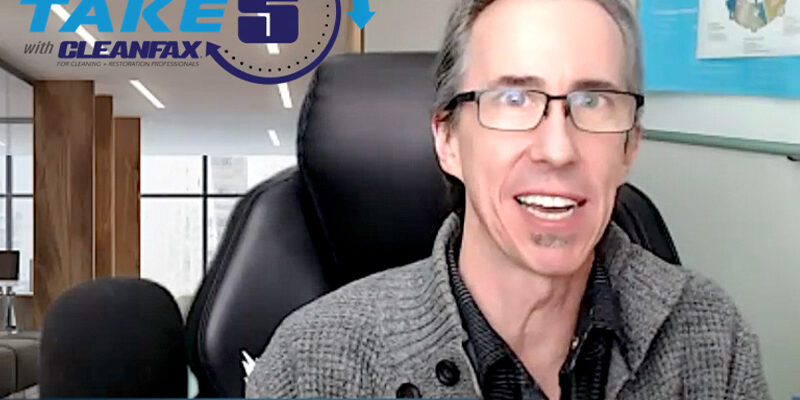Creating a Flexible Work Environment in Today’s Workplace

By Scott Tackett
Statistics provided by the U.S. Bureau of Labor indicate that prior to the COVID-19 quarantine requirement, almost 5 million Americans were already working from home. At the onset of the pandemic, countless other companies had to adapt to this trend almost overnight.
While at the time it seemed like an overwhelming challenge, it is safe to say that most organizations were extremely successful in addressing the issue of creating a flexible plan that not only enabled them to remain competitive but to grow and even thrive.
Many enlightened organizations were beginning to move toward more flexible work arrangements even prior to the pandemic. For those companies not onboard already, I would strongly urge them to recognize that the future of workplace flexibility for all employees is now.
A flexible work environment is not simply working remotely. It can mean a reduced work week (four or even three days), telecommuting whereby employees are in the office only on certain days, or alternative hours that are different from the traditional 9 to 5.
A recent study by the Executive Networks Global Research entitled The 2023 Future of Working and Learning Report stated the following: When asked what matters most in terms of flexible work, more knowledge workers and frontline workers selected flexibility in when work gets done over flexibility in where work happens.
Study after study indicates that work flexibility is something that is desired by workers across all spectrums of business. In this extremely tight labor market, the idea that an organization provides a flexible work environment may just be the differentiator needed for them to attract and retain their workforce.
One example of flexibility for frontline workers can be found in the program developed by Chick-Fil-A that allows workers the ability to work 13-14 hours on three consecutive days and still receive full-time pay. It is reported by the company that this flexibility has increased employee retention.
Obviously, not every position in a company is conducive to flexible work arrangements. But in reality, each and every role must be discussed to determine if and how a plan can be created. Here are some ideas for how to start.
- Talk with your team to discuss options, get input, and ask for feedback.
- Try some of the ideas—just be sure to communicate that it is a trial run to see how it works before being implemented permanently.
- Provide training in whatever plan you may want to engage. During the training set clear expectations and accountabilities and articulate how success or failure will be determined.
- Check and double-check to ensure that any flexible schedule implemented is working for both the employee and the company. Efficiency and productivity must remain critical components in your organization.
If you are successful in creating a flexible work environment and culture, I truly believe it will pay huge dividends both today and in the future. Building a successful and productive work culture is the only true means of success in today’s business world. Regardless of the flexible initiatives that you decide upon, an organization of accountability and personal responsibility should never be compromised.
Flexible work schedules are here to stay. The technology that we currently have, and will develop, will certainly make it easier to ensure that employees are performing up to their company’s expectations.
Keep an open mind to this concept and don’t disregard opportunities to attract and retain the best and the brightest to your organization. You can be sure your competition is most certainly thinking about it.












